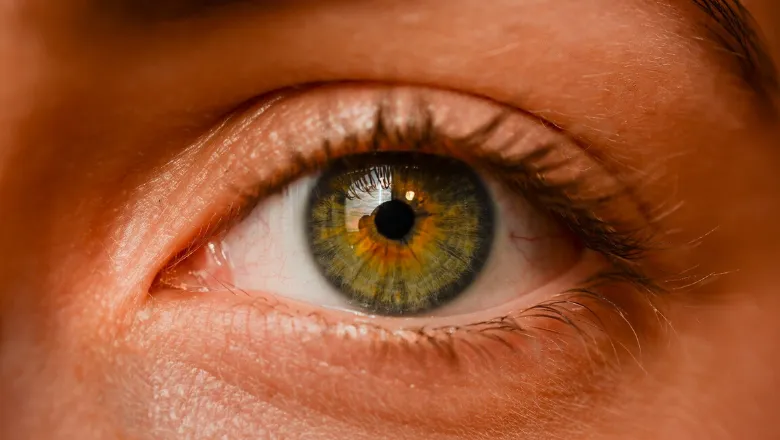Myopia is an amazingly complex disorder, and for the first time we now have enough of the jigsaw pieces that the biology is becoming clear.
Dr Pirro Hysi, from the School of Life Course Sciences, King’s
30 March 2020
Researchers discover genetic processes that determine short-sightedness
Three previously unknown genetic mechanisms have been discovered in causing myopia, a new study has found.

The study, published today in Nature Genetics, led by researchers at King’s, Great Ormond Street Institute of Child Health, University College London and Kaiser Permanente in the USA, with the participation of the 23andMe, the genomics consumer company, found the ways in which genetics can play a part in myopia – otherwise known as short or near-sightedness.
The study analysed the DNA in relation to the eyesight and degree of myopia in over half a million volunteers. The study identified about a thousand genetic variations in almost 450 genes which appeared to account for many cases of moderate or severe myopia in the population.
It found that the condition, which affects a third of the population in the United Kingdom, can be caused by the mechanisms by which light signals are transmitted by the retina in the eye to the brain. This study also showed other parts of the eye that transmit light are also involved. The findings of genetic markers may lead to being able to predict the condition in children.
Genes that participate in the maintenance of circadian rhythm were shown to be important in myopia and genes responsible for pigmentation of the eyes, hair and skin, were also associated.
Myopia is commonly passed on from parents to children and genetics can reveal previously unknown myopia-causing mechanisms that may inspire future treatments. The study found that genes involved in the circadian rhythm - the inner biological clock regulating our 24-hour long sleep and wake cycles – could be an important factor.
Professor Jugnoo Rahi, from University College London, said: “Changes in day and night cycles are a possible explanation for the previous observations that myopia is more common in those who spend less time outdoors.”
Dr Eric Jorgenson, PhD, investigator with the Kaiser Permanente Northern California Division of Research, said: “We previously knew that some severe genetic disorders affecting pigmentation caused changes at the back of the eye and resulted in severe myopia, but the strength and extent of the association between pigmentation and myopia in the general population was surprising.”
If patients inherit enough genetic variants underlying these processes, short-sightedness will develop. For the first time, a genetic model based on the identified DNA variants successfully predicted up to 75% of myopia in the participants tested.
Very excitingly, we are now heading towards having the ability to predict which children will become short-sighted based on their genetic markers. If we can develop treatments to prevent myopia, these genetic findings may be able to help us identify those who are at highest risk and need them most.
Professor Chris Hammond, from the School of Life Course Sciences,
